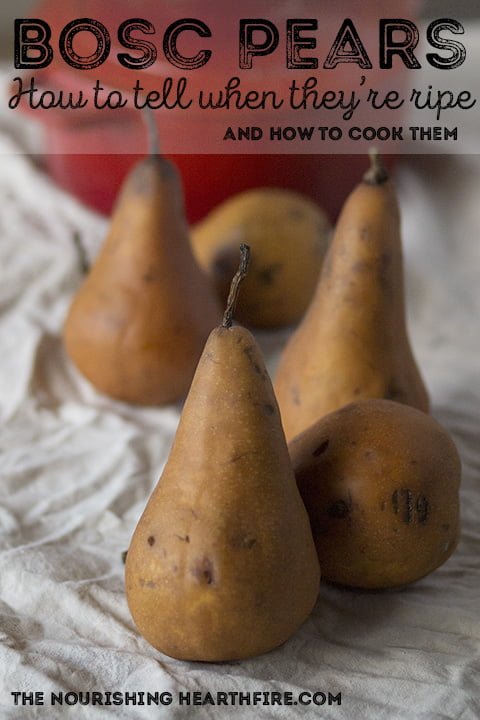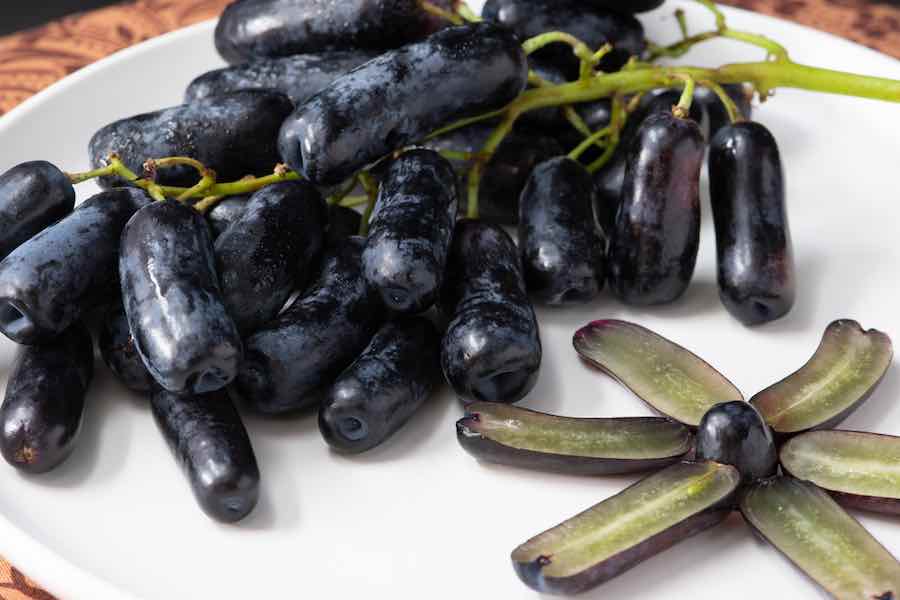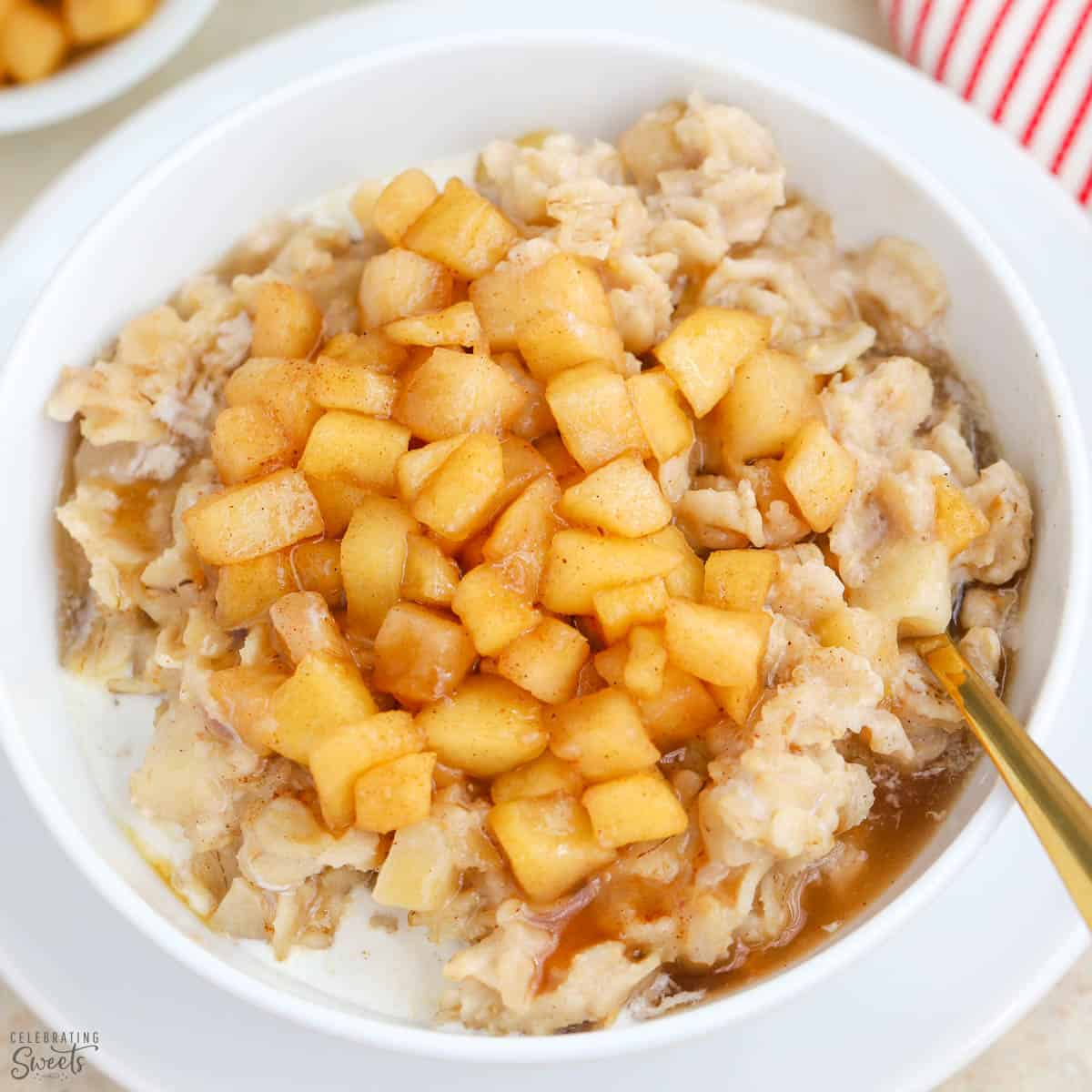This article provides a comprehensive guide on determining the ripeness of Bosc pears. Understanding when these succulent fruits have reached their peak ripeness is crucial in order to fully enjoy their sweet and juicy taste. By examining their color, texture, and aroma, you will develop the expertise needed to confidently detect whether these pears are ready for consumption or require more time to ripen. Whether you are a seasoned pear connoisseur or simply looking to add a touch of elegance to your culinary creations, this article will equip you with the knowledge to accurately assess the ripeness of Bosc pears.
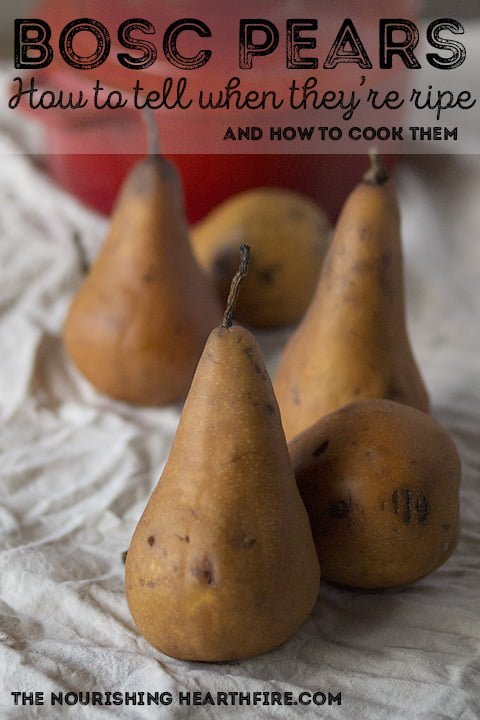
Visual Cues
Color
When determining the ripeness of Bosc pears, one of the visual cues to pay attention to is the color. Ripe Bosc pears typically have a golden brown color, with hints of green around the stem. As the pear ripens, the green color will start to fade, indicating that it is ready to be eaten. Avoid pears that have a predominantly green color, as they may not have reached their optimal ripeness.
Texture
Another visual cue to consider is the texture of the Bosc pear. A ripe pear should have a smooth and firm skin, without any soft spots or bruises. Gently run your fingers along the surface of the pear and check for any irregularities or blemishes. The skin should feel taut, indicating that the pear is fresh and ready to be enjoyed. If the skin feels wrinkled or overly soft, it is a sign that the pear may be too ripe or even past its prime.
Skin Firmness
In addition to texture, the firmness of the skin can also provide valuable information about the ripeness of a Bosc pear. Ripe pears should have a slight give when gently pressed with your thumb. If the pear feels soft and gives easily to pressure, it is likely overripe. On the other hand, if the pear feels too firm or hard, it may need more time to ripen. Optimal ripeness is achieved when the pear is just slightly yielding to pressure, indicating a desirable balance of flavor and texture.
Smell
Fragrance
The fragrance of a Bosc pear is an important indicator of its ripeness. A ripe pear will emanate a sweet and floral aroma, which is a result of the fruit’s natural sugars and compounds. Hold the pear close to your nose and take a deep breath to capture its scent. If you are met with a pleasant and fragrant smell, it suggests that the pear is ripe and ready to be consumed. Conversely, if there is no discernible fragrance or if the pear emits an unpleasant odor, it may be an indication that the fruit is not yet ripe or may have started to spoil.
Aroma
The aroma of a Bosc pear can also give insights into its flavor profile. A fully ripe pear will have a rich and sweet aroma, indicating that its sugars have developed and it is ready to be enjoyed. If the pear has a faint aroma or lacks sweetness in its scent, it is likely underripe and may not have reached its full potential in terms of flavor. Aromatic notes also vary between pear varieties, so familiarizing yourself with the traditional scent of Bosc pears can help you distinguish their ripeness.
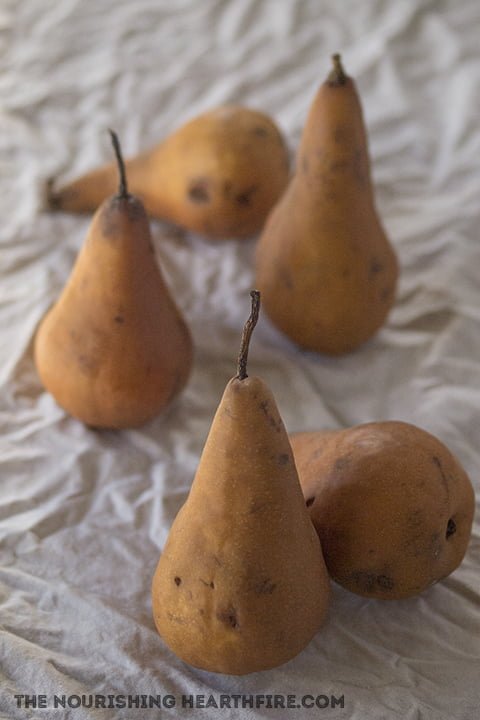
Touch
Pressure Test
The pressure test is a simple yet effective way of assessing the ripeness of a Bosc pear. Hold the pear gently in the palm of your hand and apply slight pressure near the stem area using your thumb. Ripe pears will yield slightly to pressure and may have a slight spring to them. If your thumb sinks easily into the fruit, it indicates overripeness. On the other hand, if the pear feels rock hard under your thumb, it needs more time to ripen. By testing the firmness of the pear using the pressure test, you can ensure that you enjoy it at its optimal ripeness.
Stem Test
Examining the stem of a Bosc pear can provide valuable information about its ripeness. Gently grasp the pear by the stem and tilt it slightly to observe the area where the stem meets the fruit. A ripe pear will have a slight detachment between the stem and the fruit, indicating that it has matured and is ready to be consumed. If the stem is tightly attached to the pear, it suggests that the fruit is not yet ripe. It is important to note that excessive detachment or a completely loose stem may be a sign of overripeness or spoilage.
Sound
Tap Test
The tap test is a method that utilizes sound to gauge the ripeness of a Bosc pear. Hold the pear firmly in your hand and gently tap it with your knuckles. A ripe pear will produce a hollow sound, similar to tapping on a drum. This resonance is an indication that the fruit has a good moisture content and that the flesh is ripe and juicy. If the pear emits a dull or thud-like sound, it suggests that it may be underripe or drier in texture. Incorporating the tap test into your assessment can help ensure that you select pears with the ideal ripeness and juiciness.
Scratch Test
The scratch test is another technique that utilizes sound as an indicator of ripeness. Using your fingernail or a small knife, lightly scratch the surface of the Bosc pear. A ripe pear will produce a smooth and clean scratch sound, indicating that the skin is taut and the fruit is firm. On the contrary, an underripe pear may produce a rough or grainy sound, suggesting that the pear needs more time to ripen. By incorporating the scratch test along with other sensory evaluations, you can improve your ability to select perfectly ripe Bosc pears.
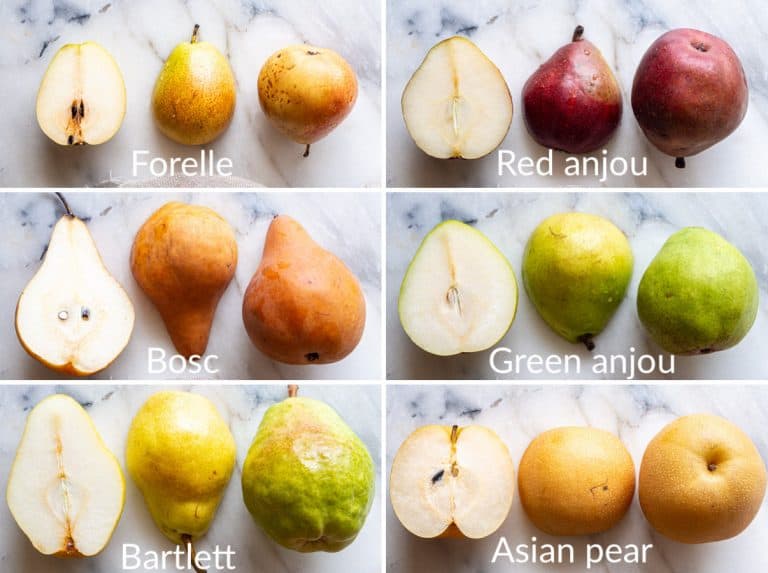
Weight
Heaviness
The weight of a Bosc pear can provide valuable insights into its ripeness. A ripe pear will generally feel heavier than an underripe one of comparable size. Gently hold the pear in your hand and assess its weight. Ripe pears tend to have a denser and plumper flesh, containing a higher water content and natural sugars. If the pear feels light or hollow, it may indicate that it is not yet fully ripe. On the other hand, a heavy pear suggests that it has reached its optimal ripeness and is ready to be enjoyed.
Ripening Time
Harvest
Knowing the optimal harvest time for Bosc pears is crucial when determining their ripeness. Bosc pears are typically harvested when they have reached their mature size and color, but before they become fully ripe. This ensures that the pears have a longer shelf life and can be enjoyed at their peak flavor. Harvested Bosc pears may still require some ripening time before they are ready to eat.
Storage
After harvesting, Bosc pears need to be stored properly to facilitate ripening. Place the pears in a cool and well-ventilated area, away from direct sunlight. Keep them at room temperature and avoid refrigeration during the ripening process. The pears should be checked daily for ripeness indicators such as color changes and aroma development. Once the pears have reached the desired level of ripeness, they can be refrigerated to slow down further ripening.
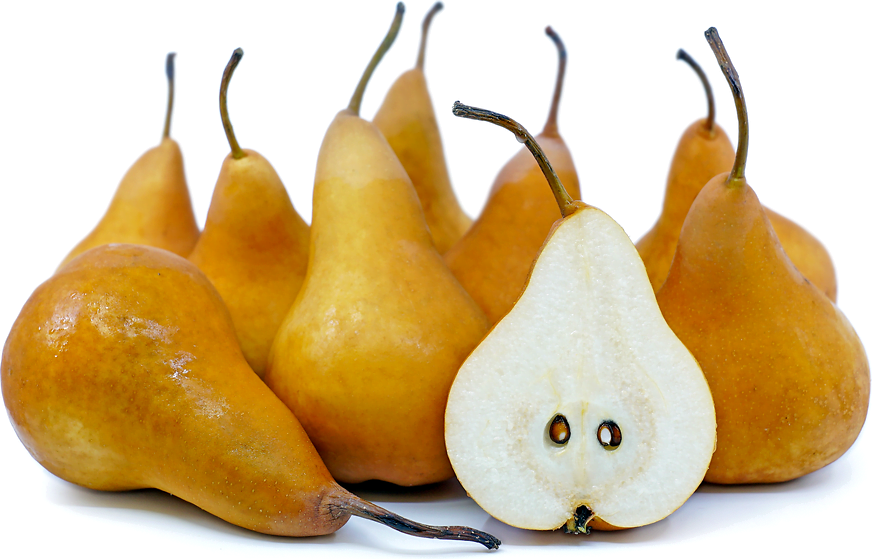
Sight and Feel
Inspect Surface
You can assess the ripeness of a Bosc pear by inspecting its surface. Look for any noticeable blemishes, bruises, or soft spots. A ripe pear should have a smooth and unblemished skin, free from any irregularities. Check the pear for a fresh appearance, as this indicates that it has maintained its firmness and is less likely to be overripe. Avoid pears with damaged or sunken areas, as these may have already started to spoil.
Check for Bruises
Bruises are an important factor to consider when evaluating the ripeness of a Bosc pear. Gently examine the fruit for any brown or discolored spots, indicating areas of impact or damage. While small bruises or imperfections can be cut away, excessive bruising can affect the overall texture and taste of the pear. Choose pears with minimal bruising to ensure a high-quality eating experience.
Feel the Skin
The texture of the skin can also provide clues about the ripeness of a Bosc pear. Run your fingers gently over the surface of the pear and assess its smoothness and firmness. Ripe pears will have a taut and slightly waxy skin, indicating that they are ready to be eaten. Avoid pears with wrinkled or overly soft skin, as these are signs of overripeness or spoilage. By feeling the skin of the pear, you can gauge its freshness and choose the perfect pear for consumption.
Smell and Taste
Fragrance
The fragrance of a Bosc pear plays a significant role in determining its ripeness. Take a moment to smell the pear, allowing the aroma to envelop your senses. A ripe Bosc pear will have a sweet and floral fragrance, indicating the presence of mature sugars. If the pear emits a pleasant and distinct scent, it suggests that it is at its peak ripeness and ready to be enjoyed. A lack of fragrance or a sour odor may indicate that the pear is not yet fully ripe or may have started to spoil.
Sweetness
One of the main characteristics of a ripe Bosc pear is its natural sweetness. Take a small bite of the pear and pay attention to its taste. The flesh should be juicy and have a balanced sweetness. Ripe Bosc pears offer a delightful combination of sweetness and subtle acidity, ensuring a flavorful and enjoyable eating experience. If the pear tastes overly tart or lacks sweetness, it may not be fully ripe. Be sure to savor the flavor and adjust your assessment of ripeness accordingly.
Flavor
The flavor of a Bosc pear can vary depending on its ripeness. Ripe pears should have a rich and complex flavor profile, with notes of sweetness, slight tartness, and a hint of spice. As the pear ripens, these flavors intensify, resulting in a more enjoyable eating experience. Taste the pear and pay attention to its overall flavor. A pleasant and well-balanced combination of sweet, tart, and spicy notes indicates that the pear is ripe and ready to be consumed.

Other Factors
Seasonal Availability
Seasonal availability should also be taken into account when determining the ripeness of Bosc pears. Bosc pears are typically harvested in the late summer and early fall, meaning that they are at their peak ripeness during this time. If you are purchasing Bosc pears outside of their seasonal availability, it is important to rely on the other sensory cues mentioned to assess their ripeness accurately.
Varietal Differences
It is worth noting that ripeness indicators may vary slightly between different pear varieties. While the general guidelines mentioned in this article apply to Bosc pears, it is always beneficial to familiarize yourself with the specific characteristics of the variety you are working with. By understanding the varietal differences and taking them into consideration, you can fine-tune your assessment of ripeness and ensure that you select the most delicious Bosc pears.
Avoiding Overripeness
Monitoring
To prevent Bosc pears from becoming overripe, regular monitoring is essential. Keep a close eye on the pears as they continue to ripen, checking for any changes in color, texture, and aroma. Once you notice that the pears have reached the desired level of ripeness, it is important to consume or refrigerate them promptly to avoid further ripening or spoilage.
Refrigeration
Refrigerating Bosc pears can help slow down the ripening process and extend their shelf life. Once the pears have reached the desired level of ripeness, they can be stored in the refrigerator to maintain their quality. However, refrigerated pears may have a slightly altered texture compared to those stored at room temperature. Keep in mind that refrigeration can only delay the ripening process and not reverse it, so it is important to consume the pears within a reasonable time frame.
Separation
If you have a batch of Bosc pears at various stages of ripening, it is advisable to separate them to prevent cross-contamination. As the pears continue to ripen, they release a natural gas called ethylene, which can speed up the ripening process of surrounding fruit. By storing ripe and unripe pears separately, you can minimize the risk of prematurely overripe pears and enjoy each pear at its individual optimal ripeness.
